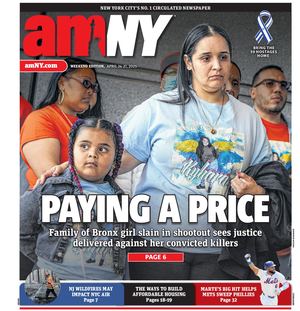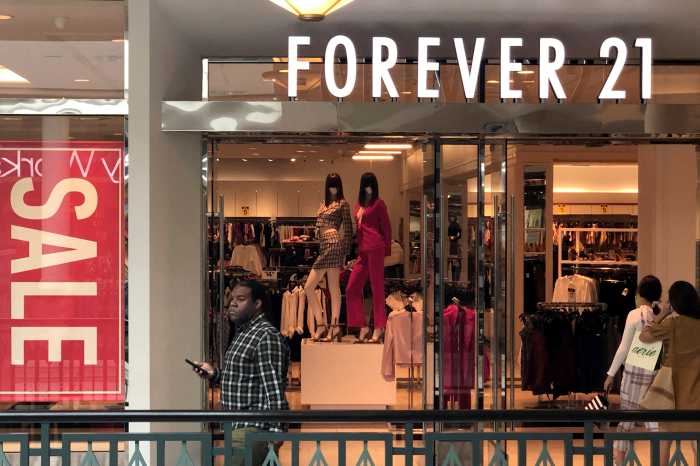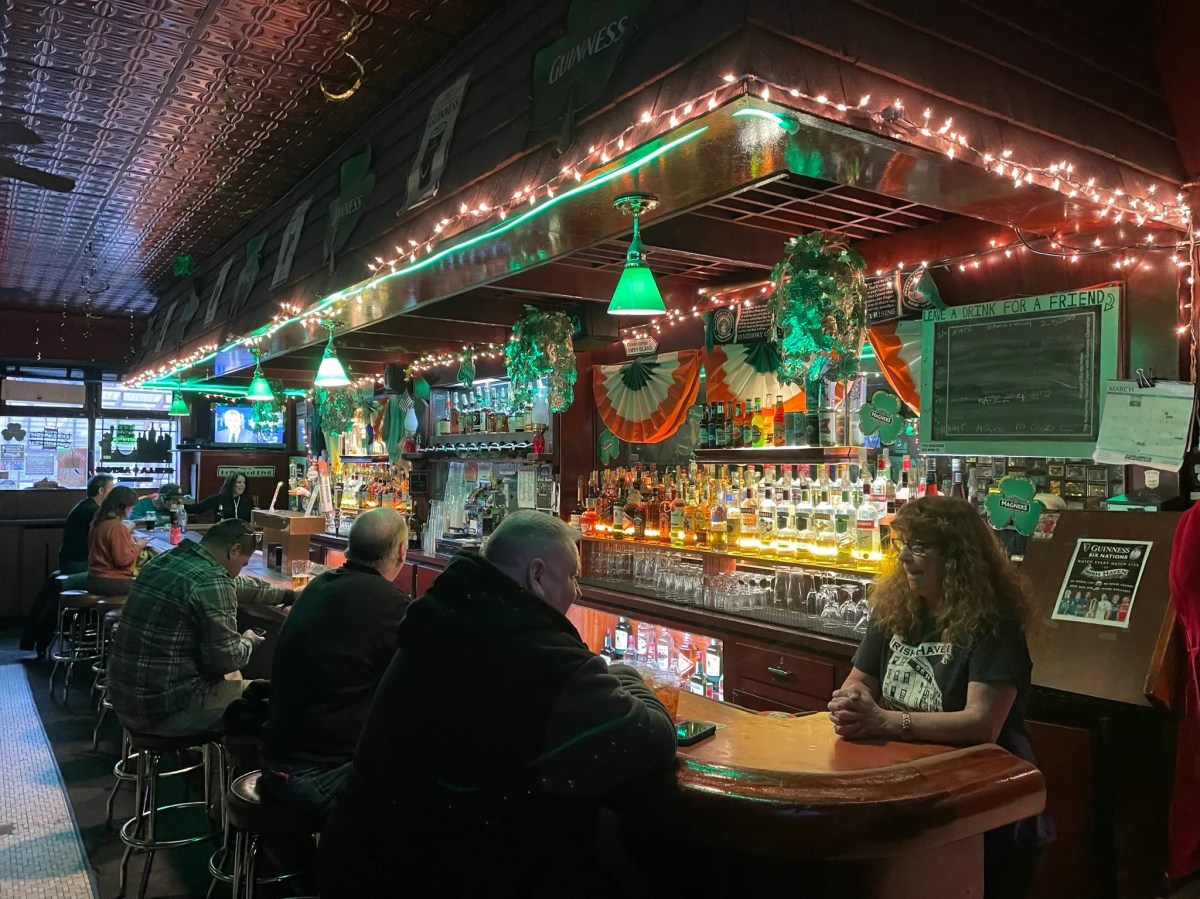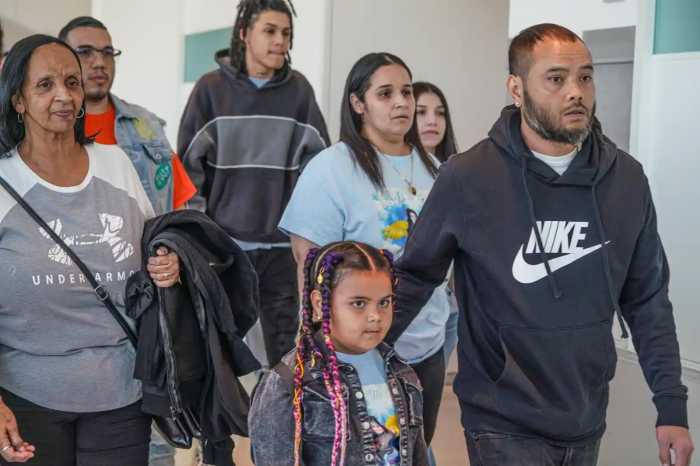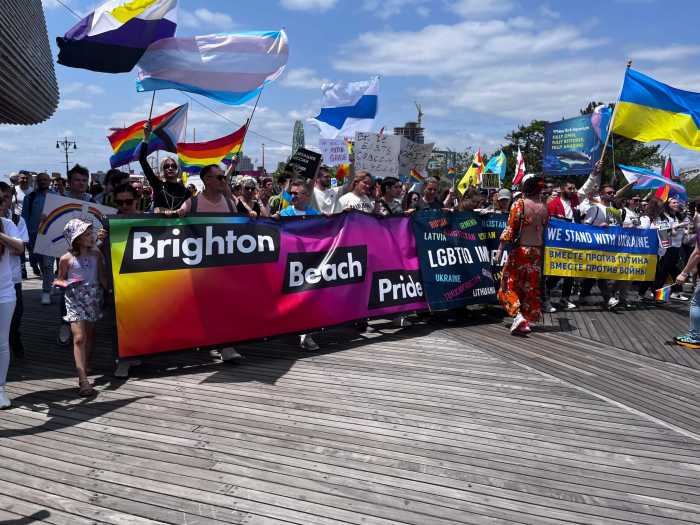The Real Estate Board of New York (REBNY) released a report highlighting corridor activity in Manhattan for the first half of 2024.
The data found that demand for storefronts remains strong, especially for small and mid-sized storefronts with the majority of the activity led by the food and beverage sector. In addition, retailers are choosing areas outside prime corridors due to the limited availability in areas like SoHo and Madison Avenue. The research also found that rent remains 20% to 30% below pre-pandemic levels.
The success of such strong demand can be attributed to booming tourism and the return of workers to the office.
Tourism in the city has not returned to its pre-recession levels. However, a report by Global Travel Trends found that New York City is a top destination for sports travel. From baseball and football games to tournaments like the 2024 Cricket World Cup, which was held in Nassau County but still contributed to New York City’s economy. Projections for added growth in the tourism sector are positive.
“Surging tourism invigorated Manhattan retail in 2022 and 2023,” said Keith DeCoster, director of market data and policy at REBNY.
Tourism and the gradual return of office workers in the last 12 months have added to the success of retail spaces in areas such as Rockefeller Center and around Grand Central.
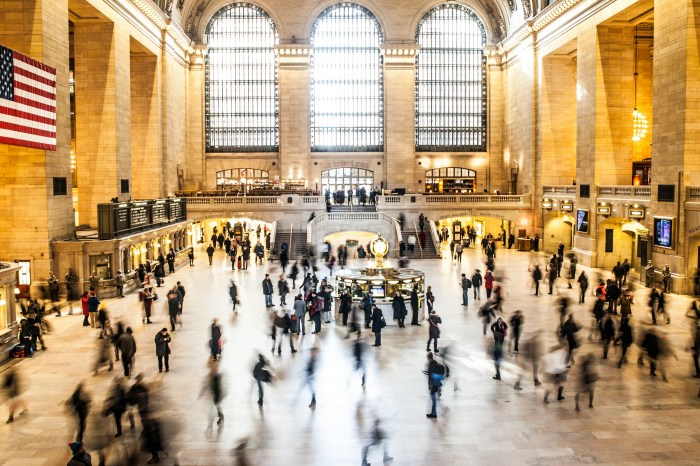
Areas like the Penn District and Avenue of the Americas benefit the most from day commuters and office activity.
“During the last several sustained office building visitation has provided an added boost to select sectors and corridors,” said DeCoster.
Other retailers are choosing to locate in more residential neighborhoods like the Upper East Side and Upper West Side.
In recent months, the Upper West Side has enjoyed the opening of various food and beverage and apparel stores. The fitness and wellness industry has also reaped the benefits of strong demand, as well as the entertainment industry, specifically, comedy clubs.
While the overall corridor activity remains positive, some areas have yet to recover from the pandemic, such as Times Square.
“Nevertheless, tourism and return to office remain below pre-Covid peaks and lagging neighborhoods and pockets of vacancy underscore the reality that retail businesses still face significant obstacles,” said DeCoster.
Delays in permits, staffing, financing and build out times have also contributed to the appearance of vacant corridor spaces.
Legislative plans like the City of Yes: Economic Opportunity “includes efforts to update zoning and City ordinances that often get in the way of filling vacant storefronts and building vibrant, activated streetscapes,” according to the report.
Although there is room for improvement, forecasts remain positive in the months ahead due to the country’s strong economy and legislative changes.
Read More: https://www.amny.com/business/
